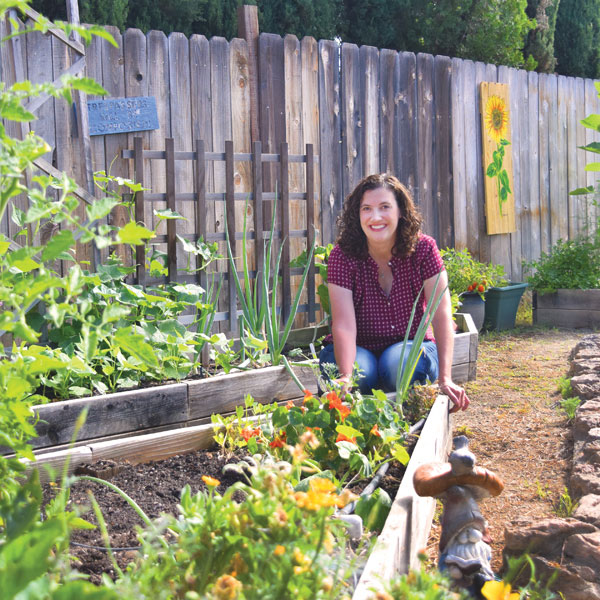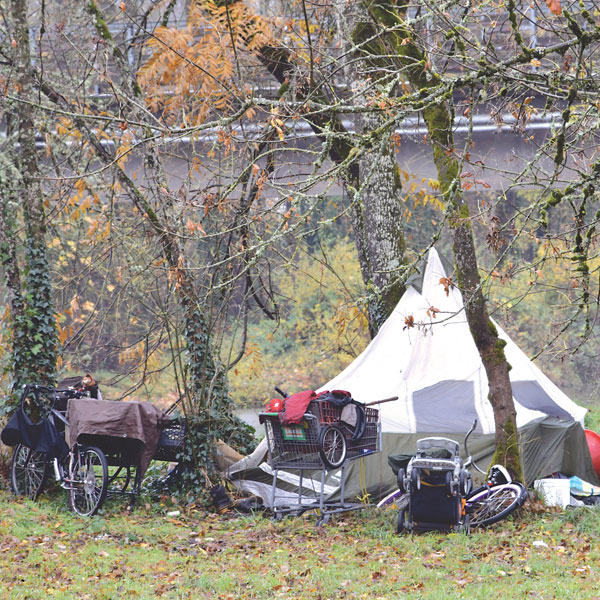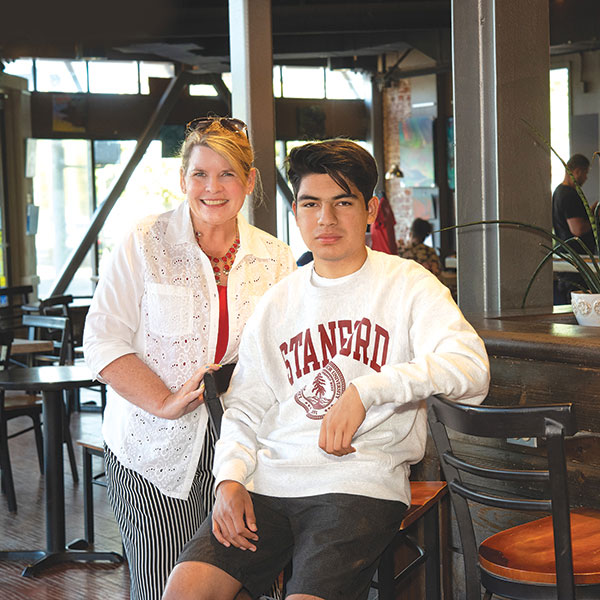
Jul 28, 2022
Brown Thumb Mama is a mother of two, garden writer and corporate world escapee who wields her superpowers from a suburban Sacramento home.
With her Brown Thumb Mama website (brownthumbmama.com), weekly newsletter, social media sites, videos and TV appearances, Pam Farley recently exceeded a website milestone—more than 1 million annual readers.

Jul 28, 2022
Desperate to manage a homeless population that’s nearly doubled in three years, the Board of Supervisors opened a two-pronged strategy this summer.
Board members approved 100 “tiny homes” for a vacant lot in South Sacramento. And the board took preliminary steps to restrict encampments in sensitive places such as sidewalks, waterways, levees and the American River Parkway.
In what’s become familiar blowback, supervisors were criticized for doing too much and not doing enough.

Jun 28, 2022
As most Sacramento middle-schoolers celebrate the lazy days of summer, a few fortunate students are beginning a life-changing journey.
Breakthrough Sacramento, an educational nonprofit, operates a middle school summer academy taught by college students. After closing in 2020 under the pandemic and reopening with a hybrid model in 2021, the program is back in full force for its 28th year in Sacramento.

Jun 28, 2022
A few months ago, I saw a flurry of nostalgic photos on social media from longtime friends and former colleagues working or posing in room 1190 of the state Capitol.
That’s the place in the old Capitol annex where reporters gathered for jousting sessions with governors and other elected officials. Because I spent considerable time there when I covered politics for The Bee and later as Gov. Arnold Schwarzenegger’s speechwriter, the photos and social media posts caught my eye.
But I have to confess, I feel no warm sense of nostalgia about the place and agree with political columnist Dan Walters, who wrote: “No one who works in and around the Capitol will be sorry to see the annex disappear. It is not only plug ugly 1950s brutalist architecture at its worst, but dysfunctional to the max.”

Jun 28, 2022
Kin Thai Street Eatery opened in December 2020, a tough time to start a restaurant. Yet the lively Midtown spot thrived from the start.
Intense flavors and novel dishes familiar to Bangkok street markets make this exceptional restaurant flourish, even in difficult times.
Street food is having a moment. Over the last decade, street food, especially Asian street food, jumped many rungs on the culinary ladder. Thanks to television personalities Andrew Zimmern and the late Anthony Bourdain, less adventurous diners have seen how some of the world’s best food comes from small stands on busy streets.

Jun 28, 2022
Replacing a light bulb doesn’t seem like a big deal. But to someone who lives alone and can’t climb a ladder, this simple household task can be impossible.
Enter Blue Collar Concierge. This innovative business founded by husband-and-wife team Ben and Molly Doolittle offers clients a weekly appointment with a handyman to do those small tasks often neglected by an elder or busy homeowner.
“Ben and I both had aging parents,” says Molly, a teacher who grew up in the Bay Area. “We’d go visit Ben’s mom in Petaluma and we’d be walking out the door when she’d say, ‘Can you just do these couple of things?’ She needed someone for her ‘honey-do list.’ We realized there was this niche of people living alone in homes that need tasks taken care of—not big handyman projects, but smaller things like fixing a gate latch.”











